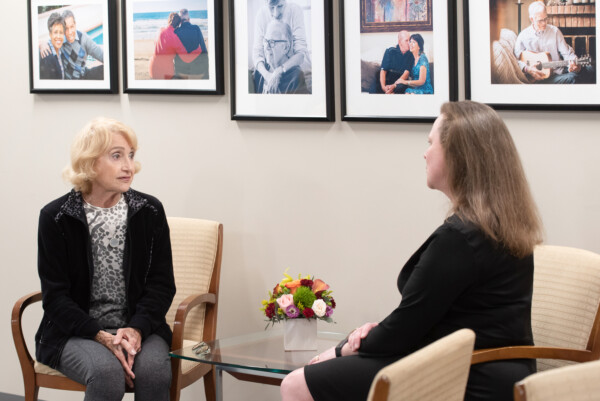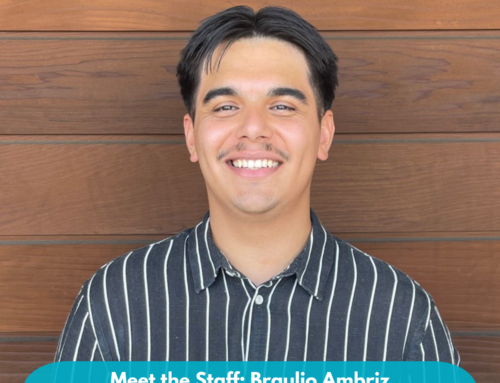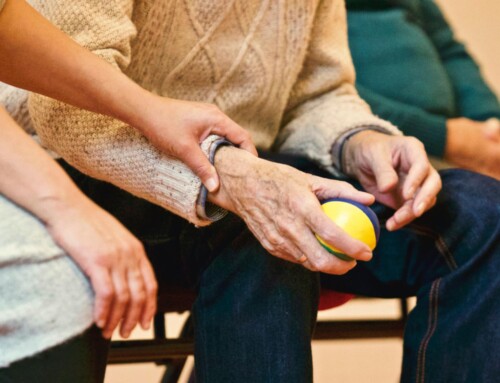
Now that you have moved from the preparation for a conversation to actually having the conversation, how can you continue to create the optimal interaction for a successful outcome? In the third part of our series on communication by our Support Group Specialist/Clinical Care Coach, Ellen Boucher, she discusses the valuable tool that is participating in a conversation using the skills of active listening.
But I always listen when someone else is speaking.
It may be true that at the beginning of a conversation you are paying attention to what someone else is saying, but have you ever found your mind straying to a different thought not associated with what the other person is talking about? Or perhaps you are already thinking of what your response is going to be? Sometimes people telegraph their feelings about what the other person has said through facial expressions or body language. Your intention may have been, and may still be, to fully listen to what is being said, but the reality is often very different.
Do you want to be right or do you want to be effective?
As discussed last week, both verbal and nonverbal communication significantly impact our communication. Active listening involves being aware of all the information given through the spoken word as well as the nonverbal cues from both communicators. Listening with your eyes in addition to you ears can significantly improve the quality of your interaction. Listening with 100% of your attention on the message being provided to you before you begin to think of a response both gives the other person a feeling of being heard and valued which can significantly impact the way a conversation goes. There are many additional ways to utilize active listening in your conversations. But as with every new skill, it is important to begin with a small step. Which of the two points mentioned here might you want to start practicing? Or would you like to learn about other aspects of active listening? By developing your active listening skills you can move from a position of needing to be “right” by the end of the conversation to becoming effective – you may not have achieved your original goal as wanted, but have worked through the conversation to create an outcome that leaves both parties feeling better.
Active Listening – another thing to add to my list?
It can be difficult to keep everything going with all that is already on our to-do lists and be asked to add more. However, the skill of active listening can actually help to ease your days and your interactions with all the people you connect with. Please call us at 858.492.4400 and speak with one of our Clinical Care Coaches (Spanish speakers available) who can help you discover ways to more effectively communicate with the people in your world. Also check out our free education classes, support groups, social activities, & more. We are here to support you!
Communication Series
PART 1: Ways to Improve Communication Skills
PART 2: Verbal and Non-Verbal Communication
PART 4: How to Practice Using Communication Strategies
Sign up for our email newsletter or follow our social media pages for updates.
Written by Ellen Boucher, BSW




